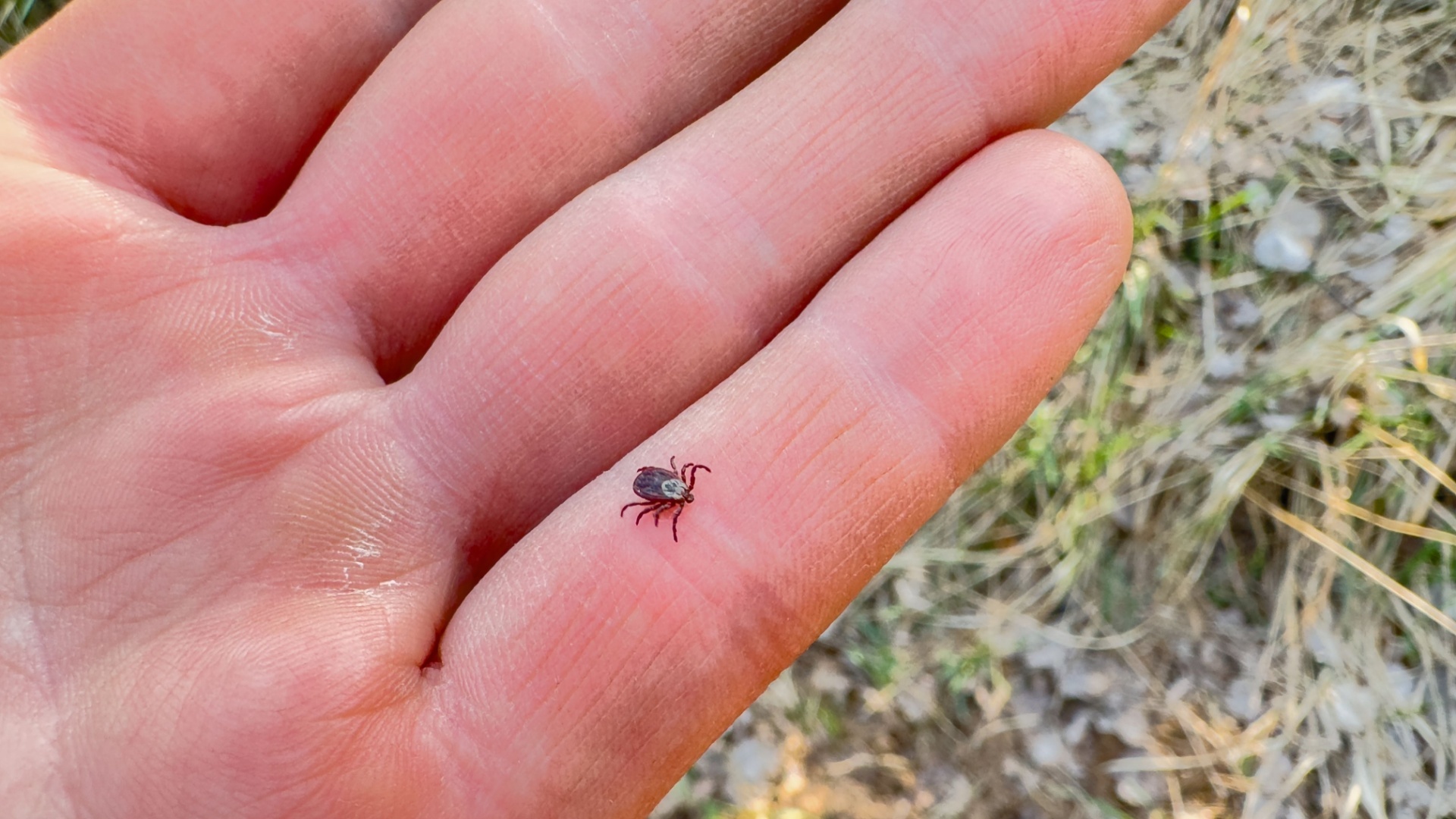Now Reading: Debunking 8 Common Myths About Ticks
-
01
Debunking 8 Common Myths About Ticks
Debunking 8 Common Myths About Ticks

Swift Summary
- Ticks and safety concerns: Ticks are widespread and can transmit diseases like Lyme disease,ehrlichiosis,babesiosis,and Rocky Mountain spotted fever.
- Removal myths debunked:
– Burning a match or using solvents like alcohol/nail polish remover can cause ticks to release stomach contents into the bloodstream, increasing infection risk.
– Recommended: Remove ticks with tweezers near the skin or use tools like tick Twister or Tick Key for safer removal.
- Tick habitats:
– Ticks live not only in forests but also in parks, backyards, and grass piles. Proper yard maintenance reduces tick prevalence (e.g., keeping grass short).
- Preventative measures:
– Treat clothing/shoes with permethrin insecticide and apply DEET-based sprays when visiting tick-prone areas.
– Shower after exposure to reduce bite risks by removing roaming ticks before attachment begins.
- Disease transmission specifics:
– Lyme disease requires the tick to feed for over 36-48 hours.Though a bullseye rash is common (70-80% cases), flu-like symptoms may appear without noticeable rash signs.
- Chronic Lyme misconceptions: Post-treatment effects may exist (fatigue/pain), but claims of hidden bacteria colonies lack scientific evidence.
Indian Opinion Analysis
India has largely avoided the extensive public health challenges tied to tick-borne illnesses seen in other regions like North America. However, as urbanization expands into rural landscapes where ticks thrive-alongside increased awareness of animal-borne diseases-it is essential India amplifies its vector-control initiatives.
Proactive education about proper removal methods could prevent misinformation from spreading domestically. Additionally, India must embrace sustainable environmental strategies; clearing vegetation/dampness that supports vectors might be critical in rural zones with high livestock-human interaction. Safeguarding biodiversity while mitigating vector risks requires science-led outreach at every level.
India’s reliance on community health workers offers an excellent avenue for grassroots knowledge dissemination around pests such as ticks.Practical prevention tips involving repellents/tools could find applications among those working close to soil-rich ecosystems prone naturally harboring such vectors–keeping vulnerable populations safe scientifically























